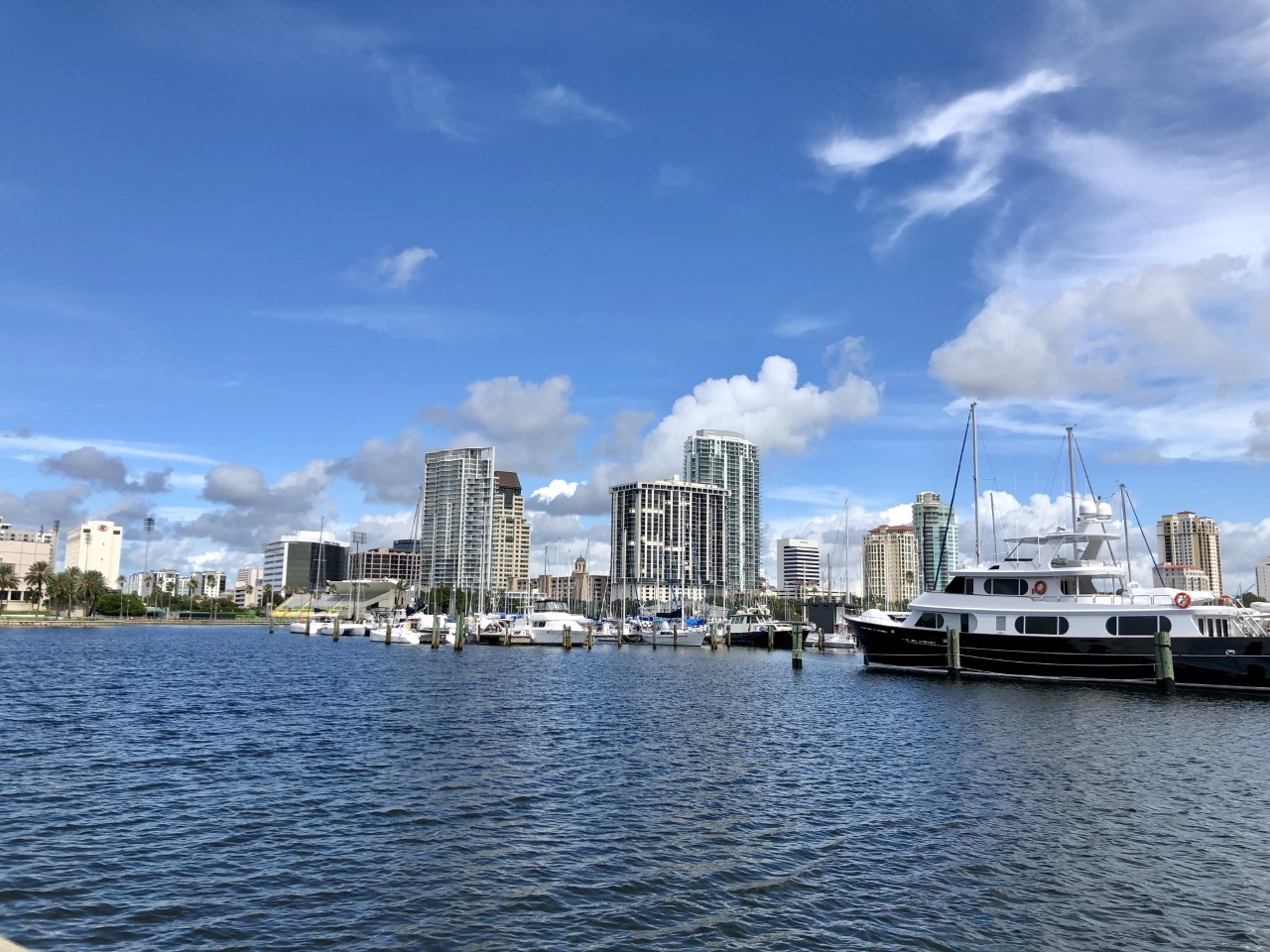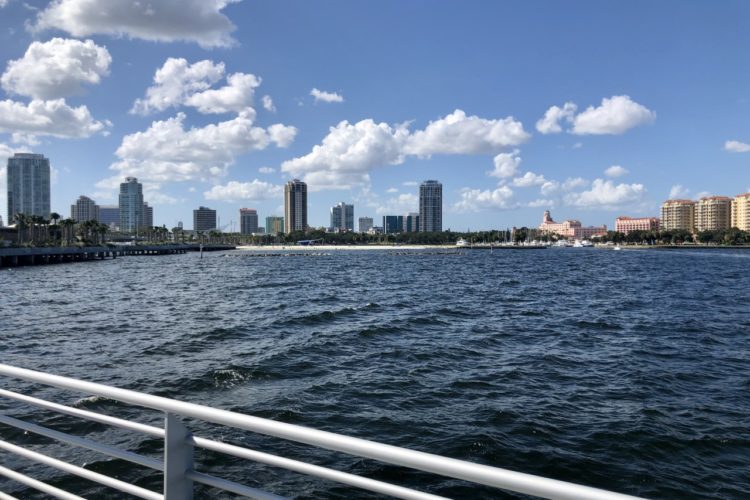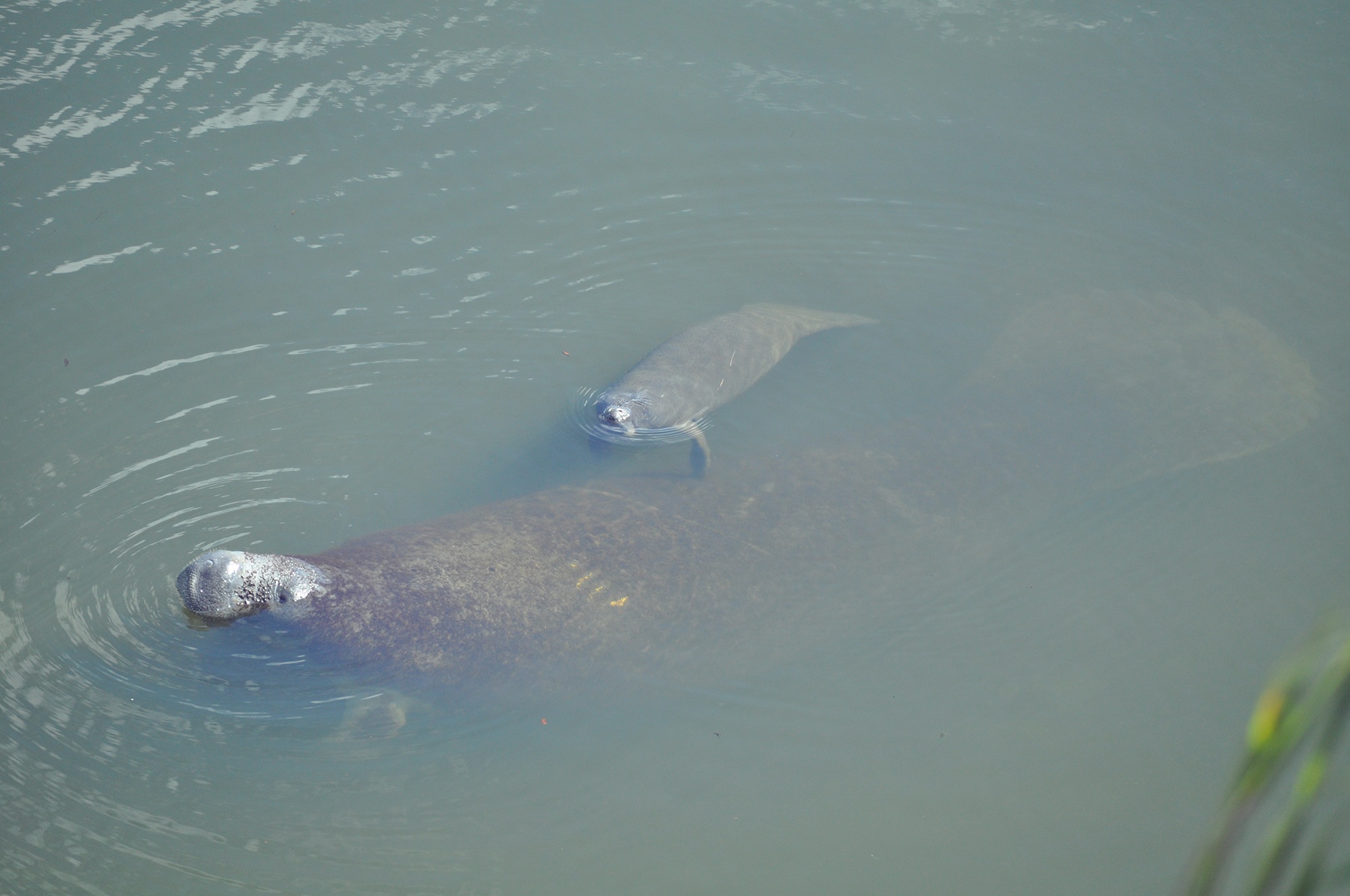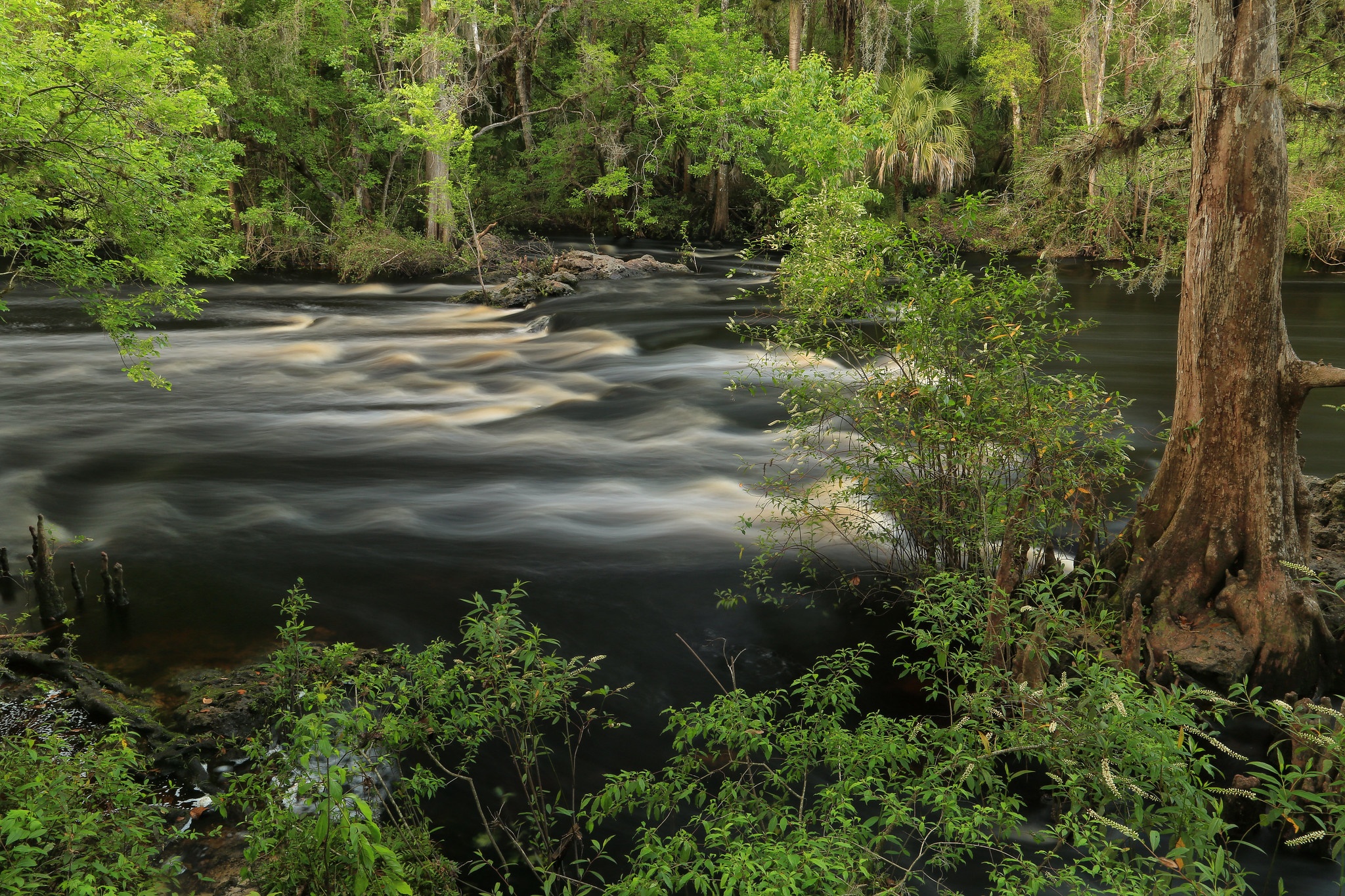We have much more to do and your continued support is needed now more than ever.
New Flood Resilience Report Highlights Risk at the Community Level

Changing environmental conditions — including increased impacts from climate change-driven sea level rise, land subsidence, and more — all factor into a community’s risk of flooding. More and more areas around the country are experiencing increased flood risks impacting necessities like roads, utilities, businesses, and other critical infrastructure.
A new analysis from non-profit research organization First Street Foundation provides a national look at community flood vulnerability in each state, accounting for changing environmental conditions due to climate change to help individuals and communities at large better assess flood risk for homes and businesses, both present-day and in the future. In this blog series, we will highlight some key findings in Gulf states where the National Wildlife Federation is working to create a more resilient and healthy Gulf of Mexico for people and wildlife.
A Closer Look at Flood Vulnerability in Tampa Bay
For Tampa Bay residents, climate change is neither an unfamiliar nor a distant issue. Despite local legend, there is no supernatural force protecting the area from hurricanes and flood risks. It is a very real issue for all of us.
Surrounded by the warming Gulf of Mexico, over 700 miles of eroding shoreline, and rising sea levels, Tampa Bay — including the main cities of Tampa, St. Petersburg, and Clearwater — is extremely vulnerable to multiple climate impacts including hurricanes, and heightened flood risks. These threats are not new. A 2013 World Bank Report ranked Tampa Bay in the top ten global cities for the overall cost of flood damage driven by climate change.
But to really understand climate change on a community level, sometimes the impacts have to hit home.

A recent analysis from non-profit research group First Street Foundation found that 44% of residential properties in the city of Tampa and more than 48% in St. Petersburg are at risk of present-day flooding. The two cities currently rank in the top 15 “most at risk” cities in the United States.
Projections for the future of flooding in the Tampa Bay area are also cause for concern, thanks to the likelihood that flood risks will increase due to climate change. The area is expected to experience a 4 to 8 feet increase in sea level rise by the end of this century. As the sea slowly creeps in, sunny day flooding due to high tide will also become more frequent. From just one day of high-tide flooding at the beginning of this century, the region can expect close to 85 flood days by mid-century. As neighborhoods grapple with flood days, storm surge will further worsen and pose new and unexpected damages.
In addition to the homes already at risk of flooding today, close to another 9% of homes in Pinellas County, the second-most populous county in Tampa Bay and sixth in the state of Florida, will become prone to water reaching them in the next 30 years, according to the First Street study.
At present, 50% of critical infrastructure in Pinellas County, such as roads, hospitals, schools, fire stations, wastewater treatment facilities, power stations, and airports are highly susceptible to flooding thus disrupting day-to-day lives and lowering the overall community resilience of the bay area’s residents. In St. Petersburg alone, 65% of the critical infrastructure lies in the flood risk zone, creating alarming problems for a continuously growing city.
Natural Ecosystems at Risk
This study is emblematic of how climate change will change our coastal cities. The impacts will not be limited to the built infrastructure. Tampa Bay’s natural ecosystems — beaches, dunes, seagrass, mangroves, and wetlands — will be at risk of erosion and saltwater intrusion due to sea level rise.

A plethora of wildlife calls these ecosystems home including more than 200 species of fish and two dozen colonial waterbirds. Wildlife species like loggerhead sea turtles and West Indian manatees will be further threatened by rising seas. The loss of these ecosystems, which act as the first line of defense against severe flood events and provide numerous recreational opportunities, will lead to cascading impacts on the region’s wildlife and residents shifting its entire coastal landscape.
Working Together to Plan and Adapt for the Future
In the face of these climate and flood-related threats, the Tampa Bay region and its leaders are responding to adapt to these risks. In 2020, the City of Tampa hired its first Sustainability & Resilience Officer that recently led to the city’s first-ever Resilience Roadmap to address climate change risks.
Earlier this year, Tampa Bay Regional Planning Council released a draft Regional Resiliency Action Plan that laid out adaptation strategies and actions to tackle future vulnerabilities for the 7 counties and 24 cities that encompass the bay area. Pinellas County is also in the process of surveying all residents for their first Sustainability & Resiliency Action Plan.

entire community safer by reducing the city’s overall carbon footprint. Credit: Pinellas Suncoast Transit Authority
While leadership is recognizing and responding to these climate threats, it is critical that residents of Tampa Bay learn more about their risks and participate in and support resilience efforts. This is an issue that impacts every single one of us in some way, and we can all be a part of the solution. The increasing need to address Tampa Bay’s climate crisis offers communities the opportunity to engage in local planning efforts by learning more about their local resilience initiatives, attending community resilience meetings, and sharing their ideas and concerns. There is no need to be a scientist or engineer to have an important perspective.
Because climate change does not impact all communities equally, it is especially important to hear and incorporate perspectives from historically excluded Black, Indigenous, people of color and lower wealth communities as the Tampa Bay area prepares to tackle these risks.
Groups like the University of South Florida’s Initiative on Coastal Adaptation and Resilience (iCAR) are working to elevate these voices to ensure that environmental and climate justice are well understood among different groups. The success of any region’s planning effort hinges on incorporating diverse and inclusive perspectives of communities who are often at the frontline of brunt caused by sea level rise, extreme weather, and flood events.

For all Tampa Bay residents, climate change is a personal issue. The stakes are high, and like so many other vulnerable coastal communities around the world, we are running out of time to wait and watch. Working together and working inclusively, we can adapt to the challenges ahead of us and build resilience. So much depends on it.
SUPPORT OUR WORK




















